Introducing allergens to your baby’s diet can be a bit nerve-wracking, right? You want to make sure you’re doing it safely, but you might be wondering when to start and how to go about it. Don’t worry, you’re not alone! In this article, I’m going to walk you through some top tips that will make the process easier and safer for both you and your baby. Curious to know how to approach allergens with confidence? Keep reading!
Key Takeaways
- Understanding food allergies is key to managing them. Common allergens like peanuts, eggs, and milk can cause reactions, but knowing the signs is crucial.
- Start introducing allergenic foods around 6 months old while monitoring closely. Introduce one food at a time so you can track reactions more easily.
- Consistent exposure to allergenic foods is important. After your baby tolerates an allergenic food, keep offering it to maintain tolerance and reduce future risks.
Table of Contents
- Key Takeaways
- What is a Food Allergy?
- Key Risk Factors to Consider When Introducing Allergens to Your Baby
- Common Food Allergens in Babies
- Signs of an Allergic Reaction in Babies
- When to Start Introducing Allergens to Babies
- Managing Allergic Reactions
- Tips for Continued Exposure to Allergenic Foods
- Summary
- Frequently Asked Questions (FAQ)
- What are the most common food allergens for babies?
- How soon can allergic reactions appear after my baby eats an allergenic food?
- What should I do if my baby has a mild allergic reaction?
- Is breastfeeding effective in preventing food allergies?
- How often should I expose my baby to allergenic foods once they are introduced?
What is a Food Allergy?

A food allergy occurs when your baby’s immune system overreacts to a certain food, thinking it’s harmful even though it’s perfectly safe for others. This can lead to a range of symptoms, from mild issues like skin rashes or tummy discomfort to more serious ones, such as difficulty breathing. These reactions can occur quickly—sometimes within minutes of eating the food—and can affect different parts of their body, including their skin, digestive system, and even their airways. It’s completely normal for parents to feel overwhelmed if they suspect their baby has a food allergy, but understanding the situation can help you feel more in control.
It’s also good to remember that food allergies are different from food intolerances, which are usually less severe and don’t involve the immune system. Some of the most common allergens for babies are peanuts, milk, eggs, and fish. I know it can be scary, but don’t worry—by knowing what signs to look for and being cautious, you can manage food allergies safely. See below the signs of food allergies in babies, however, if you’re unsure, always reach out to your pediatrician for guidance.
Key Risk Factors to Consider When Introducing Allergens to Your Baby
Food allergies are a growing concern worldwide, affecting an estimated 1 in 13 children and 1 in 50 adults in the United States.
Certain groups are at a higher risk of developing food allergies, including:
Children with a family history of allergies, particularly if a parent or sibling has a food allergy
Children with severe eczema or other allergic conditions
Children who are introduced to solid foods too early or too late
Children who have a history of food allergy or intolerance
A familial predisposition to allergic reactions plays a critical role. Infants with a family history of allergies may need careful consideration when introducing allergenic foods into their diet. It’s advisable to proceed with introducing potentially allergenic foods under these circumstances since initiating exposure at an earlier stage might offer positive outcomes. Early introduction of peanut foods, particularly in high-risk infants, can reduce the risk of developing peanut allergy.
By introducing common food allergens at the right time and in the right amounts, parents can help reduce their child’s risk of developing a food allergy.
Common Food Allergens in Babies

As a parent, you might feel nervous too when introducing certain foods to your baby, especially with the risk of food allergies. Babies are particularly sensitive to some foods, with common allergens like cow’s milk, eggs, peanuts, shellfish, soybeans, tree nuts, and wheat being responsible for about 90% of allergic reactions in young children. It’s completely natural to be cautious, but understanding these common allergens can help you plan your baby’s meals with more confidence. Introducing these foods at the right time and in the right way can actually help reduce the chances of allergies developing down the line.
Many children outgrow food allergies as they get older, but being aware of the risks helps you make informed decisions when introducing new foods. I’ll be honest, even though I knew all about food allergens and how to recognize reactions, I was still anxious the first time I gave my baby any kind of nuts. The key is to gradually introduce allergenic foods into your baby’s diet before they turn one, and to do so with care. It’s all about taking small steps and trusting your instincts to do what feels right for your little one!
Signs of an Allergic Reaction in Babies
Recognizing the signs of an allergic reaction in infants is incredibly important, as symptoms can appear any from a few minutes to two hours after consuming a food that triggers an allergy. Common signs like hives, tummy troubles, and difficulty breathing can show up quickly. Being aware of these symptoms helps parents seek medical help right away if needed.
In less severe cases, you might notice mild discomfort, itching, or hives. However, more serious reactions, like anaphylaxis, can escalate fast. This can lead to swelling in the throat, a sudden drop in blood pressure, or breathing difficulties—situations that require immediate medical attention. That’s why it’s so important to monitor your baby closely after introducing new foods to catch these reactions early.
Knowing these warning signs helps you differentiate between minor issues and more serious concerns, so you can take quick action based on the severity. This awareness is key to keeping your baby safe as you introduce allergenic foods into their diet.
When to Start Introducing Allergens to Babies

Introducing common allergenic foods early on could potentially reduce the risk of children developing food allergies. Studies, like the LEAP study, show that introducing peanut foods early can significantly reduce the risk of developing a peanut allergy. However, introducing allergens too early (before 4 months) or waiting too long (after 12 months) might increase the risk of developing allergies.
Begin by giving your child tiny quantities of food allergens such as smooth peanut butter or thoroughly cooked eggs. Introduce only one common food allergen at a time. This strategy simplifies the identification process should an allergic reaction occur. Should you notice an adverse reaction, document which food caused it and eliminate that item from your child’s diet immediately.
With the right timing and approach, you can help set your baby up for a healthy relationship with food! If you’re about to start solids, I highly recommend checking out my article, which covers everything you need to know about beginning this exciting stage.
Managing Allergic Reactions

It’s really important to handle allergic reactions the right way, and I completely understand how overwhelming it can be as a parent. For mild reactions, like hives or itching, antihistamines can help, but you should still keep a close eye on your baby in case the symptoms worsen. If you notice any changes, don’t hesitate to reach out to your pediatrician to be safe.
In the event of a severe allergic reaction, such as anaphylaxis, it’s crucial to act quickly. You’ll need to administer epinephrine immediately and call emergency services without delay. After a serious reaction, make sure to consult your pediatrician before introducing the allergen again. They’ll guide you on how to do it safely, under their supervision.
It’s also a good idea to make sure everyone who takes care of your baby knows what to do if an allergic reaction occurs. Whether it’s a babysitter or a family member, being informed and prepared helps ensure that you can take quick action if needed.
Tips for Continued Exposure to Allergenic Foods
Once your baby has successfully tolerated an allergenic food, it’s really important to keep introducing it regularly. Studies have shown that regularly consuming foods your baby has already tolerated is key to stopping allergic reactions from popping up later.
To help your baby keep this tolerance, try to include those allergenic foods at least twice a week after they’ve been introduced and accepted by their immune system. I know it sounds like a lot of effort, but this simple step can go a long way in helping your baby build a healthy relationship with food and avoid potential allergies in the future. It’s all about consistency and taking small, manageable steps to protect your little one!
Summary
Incorporating allergenic foods into your baby’s eating routine is vital for warding off the development of food allergies and fostering a varied diet. It’s important to be knowledgeable about food allergens, recognize allergic reactions, evaluate potential risk factors, and seek advice from health experts when introducing these foods to your child.
Keep in mind that early and consistent introduction of foods with allergens, under medical supervision, can greatly decrease the chances that your baby will develop food allergies. Approach this phase with assurance and take deliberate actions to protect the well-being of your infant.
You’re doing great, and your baby’s health and safety are always top priority!
Frequently Asked Questions (FAQ)
What are the most common food allergens for babies?
The most common food allergens for babies are cow’s milk, eggs, peanuts, tree nuts, soy, wheat, fish, shellfish, and sesame. It is essential to introduce these foods carefully to monitor for any allergic reactions.
How soon can allergic reactions appear after my baby eats an allergenic food?
Allergic reactions can appear as soon as minutes to two hours after your baby consumes an allergenic food. It is crucial to monitor any symptoms closely during this period.
What should I do if my baby has a mild allergic reaction?
If your baby has a mild allergic reaction, you can manage it with antihistamines, but it is essential to monitor for any worsening symptoms and consult your pediatrician.
Is breastfeeding effective in preventing food allergies?
Breastfeeding, especially when combined with the introduction of solid foods at the appropriate time, can be effective in reducing the risk of food allergies, especially in high-risk infants. Thus, exclusive breastfeeding for the first three to four months is advisable.
How often should I expose my baby to allergenic foods once they are introduced?
Regular exposure to allergenic foods, at least twice a week, is essential to help maintain tolerance and prevent the development of food allergies. This approach promotes a healthier response to these foods as your baby grows.
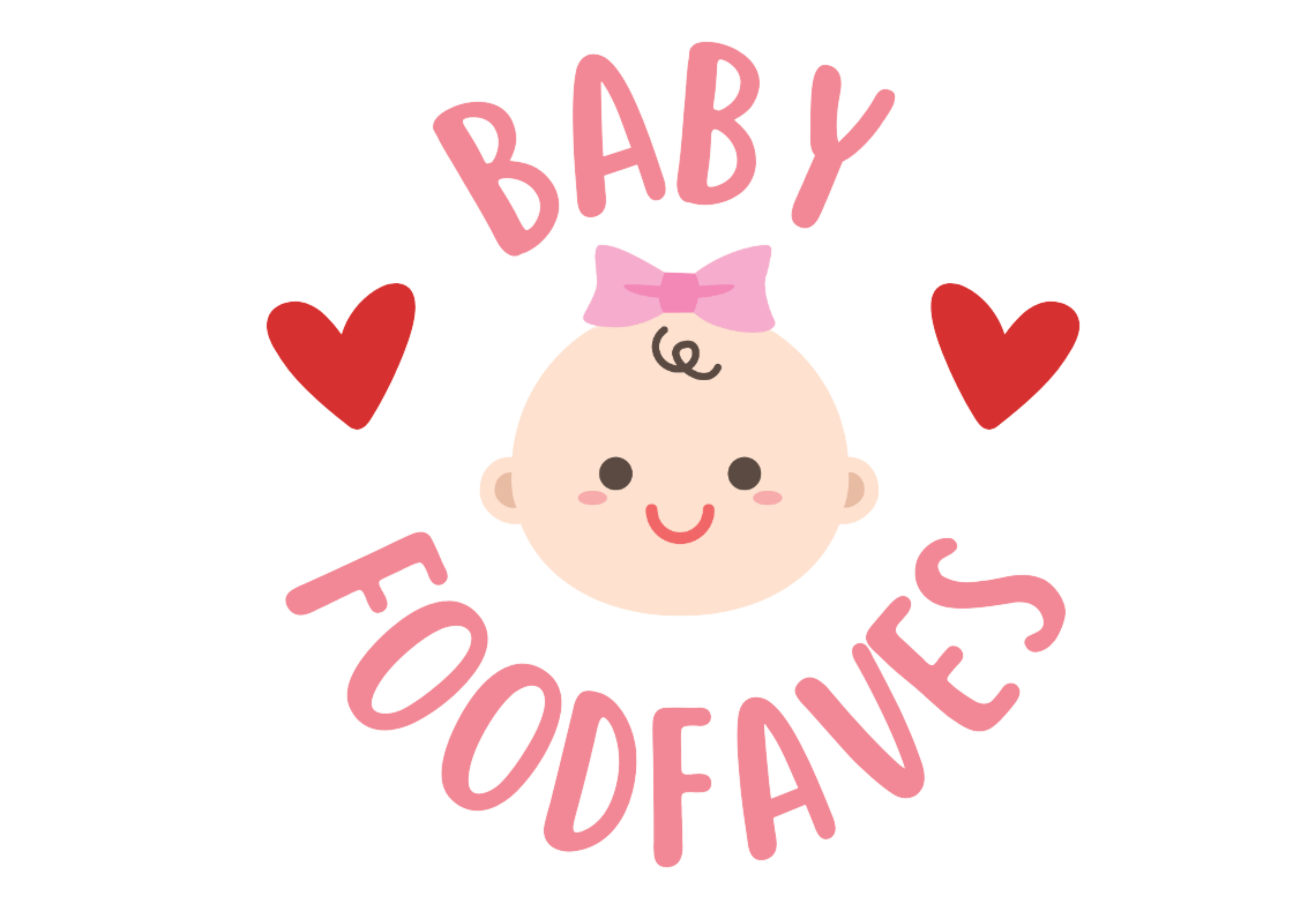


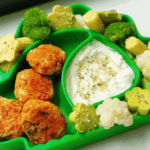



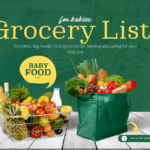
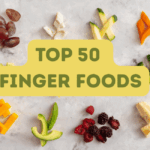




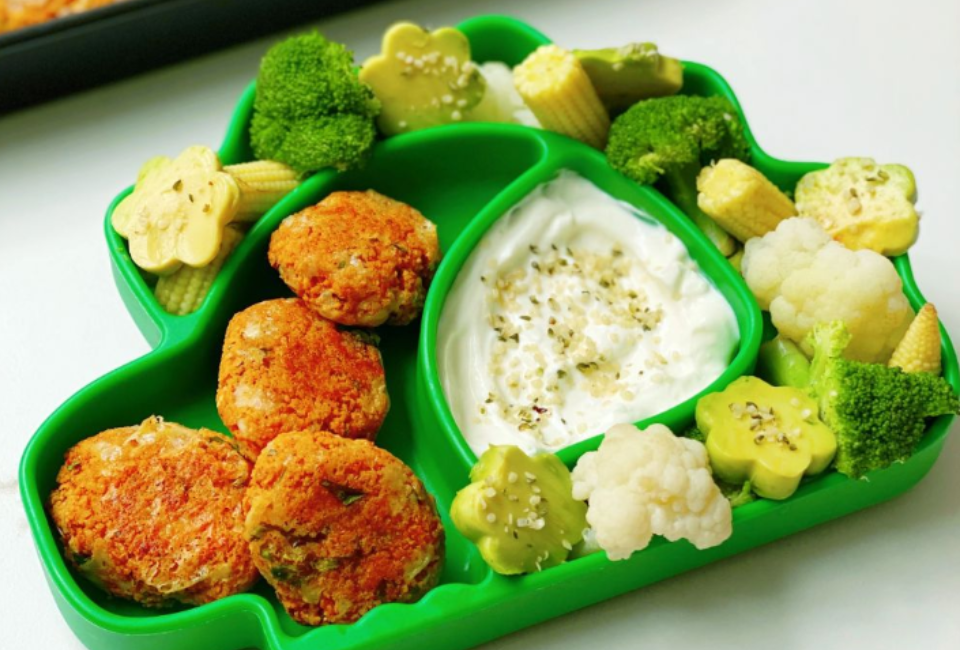


Leave a Reply